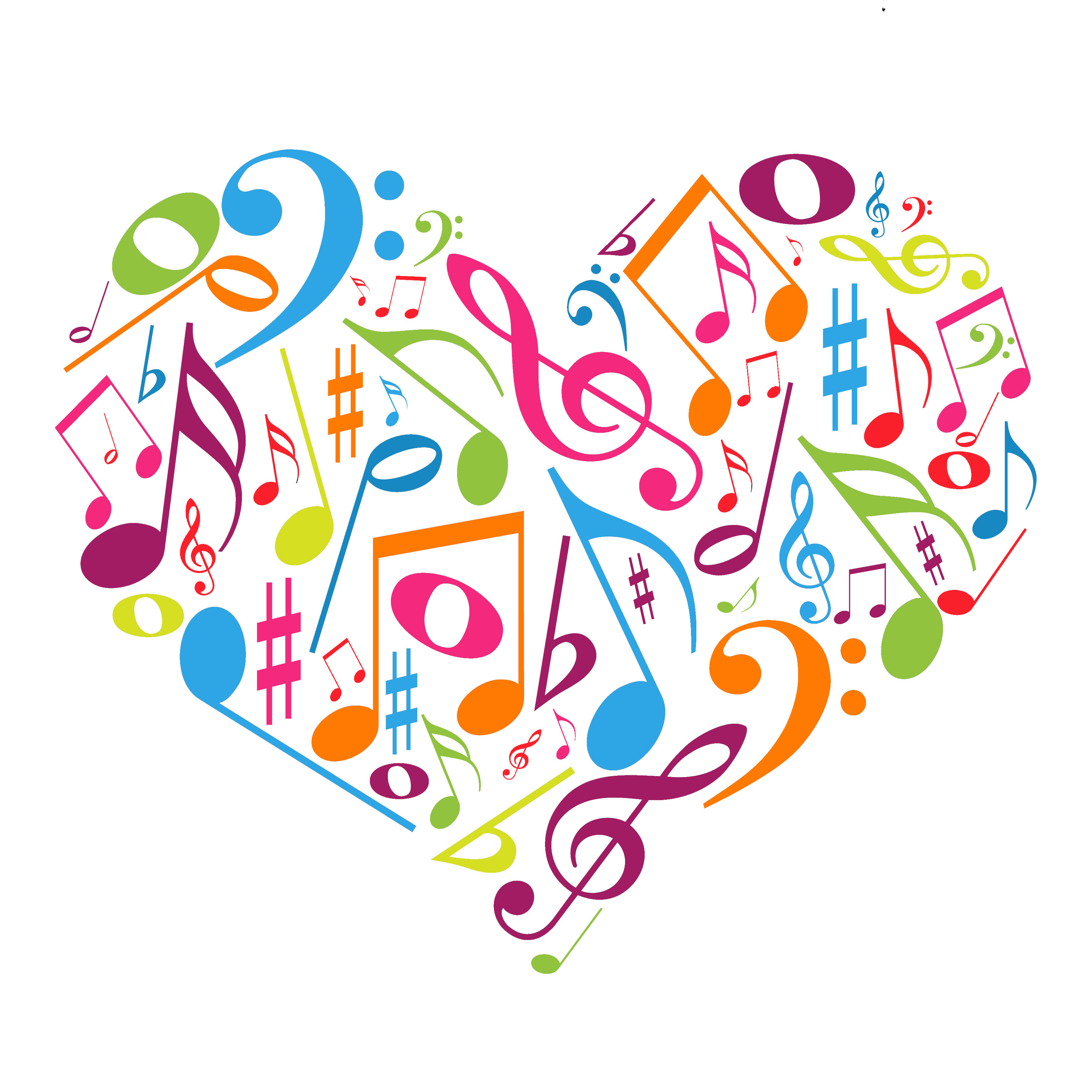Operation Save Music Theory
/Have you ever been helping your student (who has been playing for 3 years and should know basic music theory) and you realize that they don't know what a half note is? Upon further questioning you discover that they don't know all the names of the notes they are playing.....say what?!?
“It’s easy to play any musical instrument: all you have to do is touch the right key at the right time and the instrument will play itself.”
Yep, I had that humbling moment a couple of weeks ago with my 8 year old. There were many tears at that lesson by both of us and a glazed look in my eyes afterwards that translated into...."I'm a horrible teacher and mother. What else have I missed in my child's upbringing and education." You start doubting everything you've ever taught (or not taught) your child.
If you've ever had that moment, rest assured you are not alone. Take a deep breath and start coming up with a plan. That's what I did, along with binge eating a family size bag of peanut butter M&M's.
I will admit that I have gone through different phases as a teacher. At times I've been more traditional, with hard core music theory, technique and scale books weighing down their music bags. Others times I've become a little more organic in the teaching of music theory, adopting the philosophy that kids will learn music theory as they go along and play a variety of music. I let them learn it naturally on their own timetable when their minds are ready.
I believe the latter of the two is what got me in the mess I'm in now.
Now hold on, and before you bite my head off, if that is your philosophy in music education, there are some strong arguments to the benefits of learning and teaching under that style. Some students really thrive in having music theory taught to them subconsciously under the guise of familiar melodies and fun jaunty tunes. Bit by bit they realize that the rhythm they have known for a long time as "Mississippi Hotdog" is really four 16th notes followed by two 8th notes. By the same token, some teachers really excel at teaching their students music theory without the kids ever realizing they were being taught the horribly boring topic of rhythm and note names.
I guess I'm just not one of those teachers.
It has been my experience, that it takes a happy marriage of the two methods in order to fully complete a child's music education, and help them reach their potential at every level.
Sure, organic learning is always the best kind, but don't overlook the importance of paper and pencil, tap it out, write it out, and work it out music theory lessons. We must infuse as much music theory as we can into the learning process at lessons and during student practice time. After all, when students understand the theory, they will truly begin to understand the music.
Some might argue that music theory takes the joy out of creating music. Too many rules, too many things to think about. I think that is a flawed philosophy. Understanding music theory is empowering and elevating. It allows our minds to truly understand the masterpiece we are trying to create.
Here's what our family has done to make sure music theory is a building block of our kid's music education.
Our plan to save music theory
I decided that in addition to making more of an effort in teaching rhythm, note reading, and composition in weekly lessons, I wanted to set aside specific time during the week for my kids to work on music theory.
Music Theory Monday was born.
Every Monday we put aside regular practice charts, songs, schedules, and time requirements, and pull out our theory stuff. I was a little worried that taking a day out of practicing their songs would set them back, but I was wrong....
They progressed even faster.
I was also a little worried that the kids wouldn't like it, but I was wrong....
They loved it.
They love having a change up in their practice routine. They liked that their practice time for Monday included a variety of worksheets, computer drills, rhythm taps, flash cards, whiteboards, and time away from their instruments.
I have noticed after doing our music theory Monday for a month now, my kids are practicing their songs with better rhythm, their sight reading is quicker, and their overall musical accuracy has improved drastically. I am convinced that music theory needs to be part of every musicians regular practice.
So many great resources out there.
I found so many great resources out there for music theory. Most of it's been made by piano teachers, but you can usually find something that works for violinists too. Here are some of the resources I used when putting together materials for my kids and students.
Susan Paradis - I loved her rhythm wheel and lots of other fun worksheets. She's also the person that I got my one minute club idea from! The kids have flashcards that tell the name of the note, the fingering and what string it is on. They have to pass off so many in one minute!
Samuel Stokes - Free printable rhythm raps. Straight forward, from beginner level to advanced. I've printed out some of these for my 8, 10, and 12 year old. They tap it out with the metronome.
Computer drills - I use these for my 10 year old violinist and my 12 year old pianist. Better suited for intermediate to advanced students. My violinist does the note recognition drill and my pianist does note and chord recognition. The key signature, interval, and ear training would be great tools for advanced players as well.
After researching many options, I purchased this musical staff dry erase board. It was a good price, and is good quality. I'm happy with it. I write out note names and the kids write the notes on, or the fingerings for different positions, or draw arrows indicating what fingerings are high or low.
I also ordered Traficante flash cards. I like that they have to know the name of the note, the string it's on and the finger that you play it with. I use these for my one minute club.
Do you know of any great music theory websites or worksheets out there? Do you have a method of teaching music theory to your students that has worked well for you? Please share with us here at the-violin.com

















